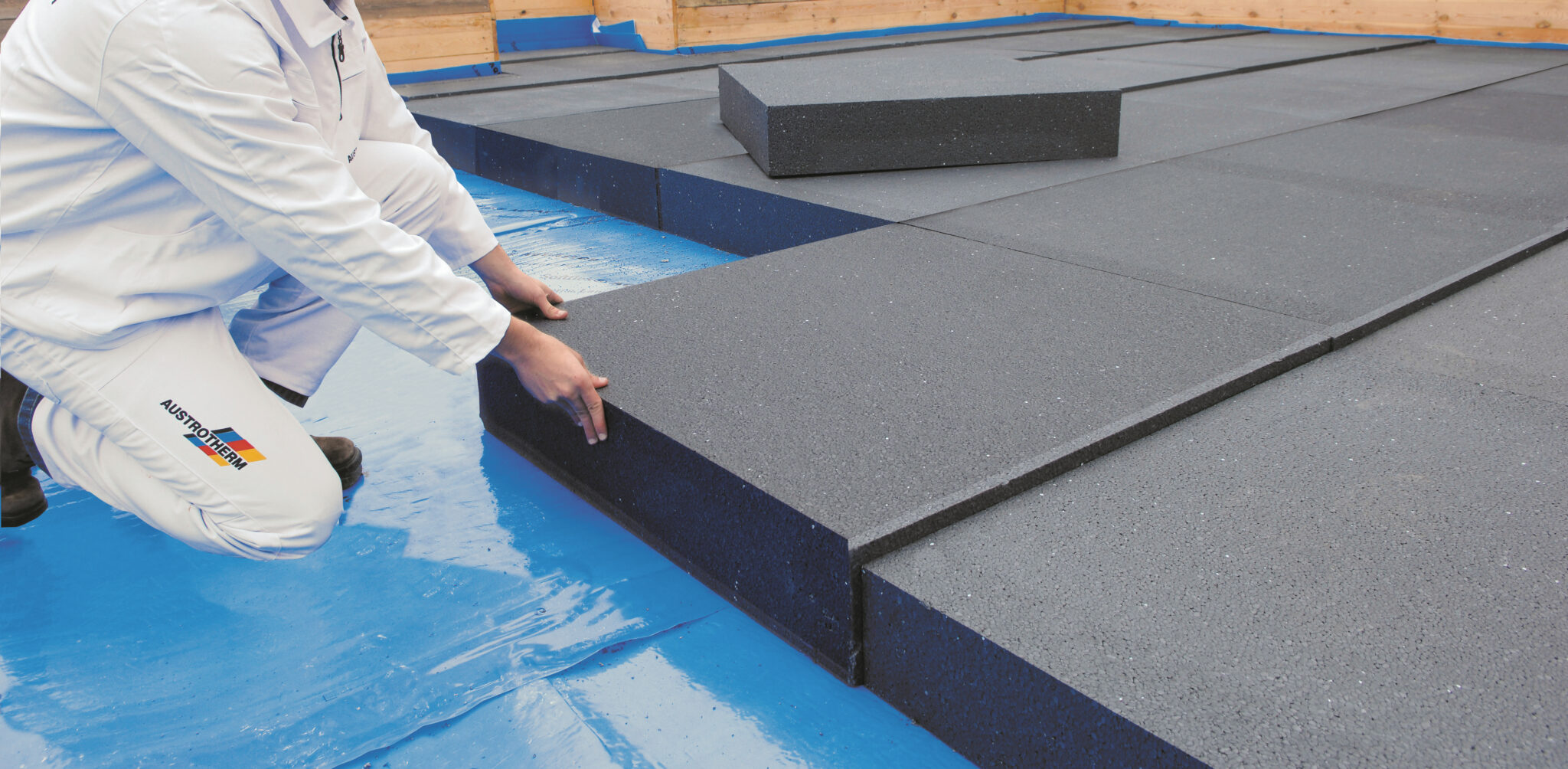Temperatures in summer climb to unimaginable heights and heat waves hit us more and more often – we can thank climate change for all of this. The average temperature in the Czech Republic has risen by 2 °C in recent years. In an attempt to escape the heat, we switch the air conditioning to the highest setting. However, this consumes energy – which not only costs money, but also exacerbates the climate crisis through increased CO2 emissions. At the same time, protecting the house from heat is easy, according to experts, and in addition, the same technology keeps the heat inside in winter. In addition, an inexpensive modification will increase the value of real estate.
Efficient building insulation can save energy for cooling. Thanks to this, they save CO2 emissions and contribute to the protection of the global climate. High-quality insulation is one of the most effective and sustainable ways to deal with unpleasant heat in buildings.
“If the house is perfectly insulated and the windows are shaded, the temperature in the room can be up to 6 degrees lower than in a house without insulation. Good external insulation traps much of the heat, meaning the masonry stays cool. Even during heat waves with a temperature of up to 36 degrees in the shade, the internal temperatures in well-insulated massive houses only vary between 24 and 27 °C – on the other hand, in an uninsulated house it can be more than 30 degrees,” explains Martin Trešl, the company’s Czech executive Austrotherm CZ, which is a leading European manufacturer of quality insulation.
If you are looking for a solution to insulate the floor, facade and roof, according to experts, you should not miss the thermal insulation boards of the new generation made of expanded gray polystyrene, which, thanks to their unique composition, have up to 20% better thermal insulation properties than ordinary white polystyrene. “They are specially developed for low-energy and passive houses, but they are also used in other types of buildings or during renovations. They are suitable for family homes as well as commercial buildings or industrial buildings,” explains Trešl.
In terms of thermal insulation against heat, the roof should not be underestimated, whether it is pitched or flat. The ideal material for heat protection on pitched roofs is over-rafter insulation. Its main advantage is the reduction of the formation of so-called thermal bridges (a place in the building structure where there is a greater penetration of heat). With this type of thermal insulation, in contrast to the thermal insulation between the rafters, a uniform thermal insulation layer is formed over the entire roof area. Thanks to this, it is possible to preserve the visible structure of the rafters in the interior, which will give the residential attic a unique atmosphere.
Temperature peaks can also dampen so-called inverted roofs, i.e. flat roofs, where the moisture seal is not above, but below the thermal insulation. Thanks to this, the roof area can be used to create a so-called green roof (a roof covered with vegetation), which cools the building and also serves its surroundings.
A solution can be found even if you are limited by the height of your building, which for whatever reason can no longer be increased. Then the so-called super-thin thermal insulation pays off. “The advantage of this innovative product made of hardened resole foam is, in addition to its super-slim construction, an extremely good thermal insulation value, which exceeds traditional thermal insulation materials by more than 40%,” adds Karolína Bočková, product manager of Austrotherm CZ.

